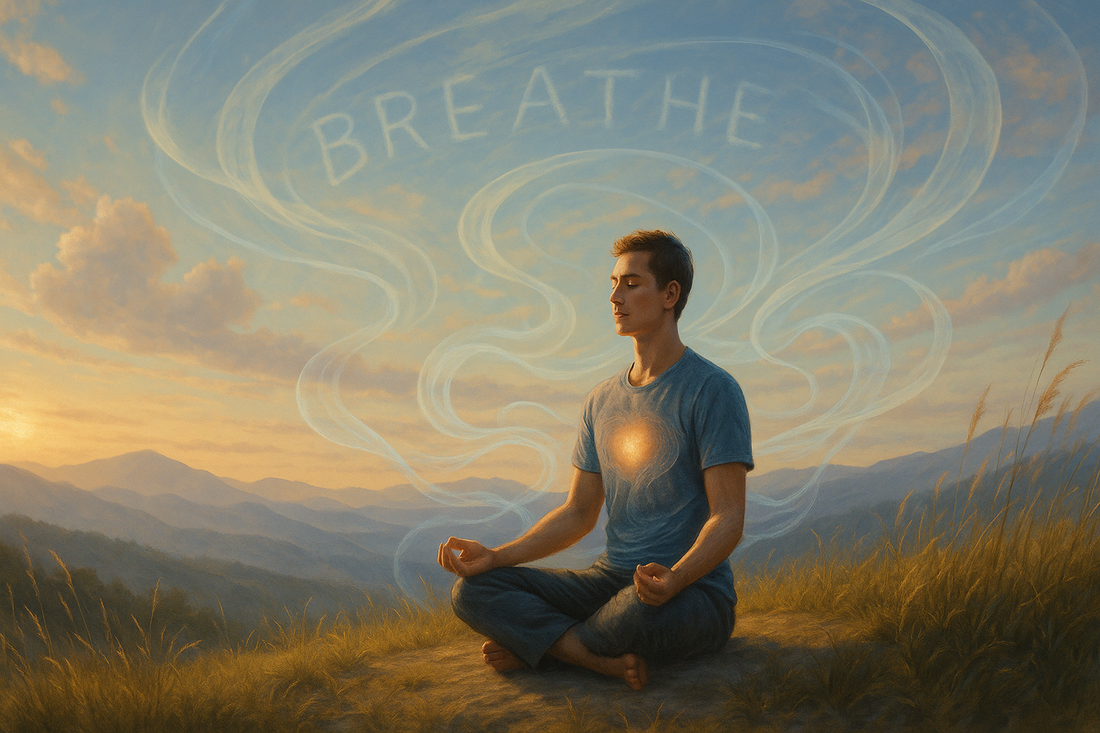If we’re not feeling our best—physically, mentally, or emotionally—it usually means something is off with our breathing.
Studies in psychophysiology show that breathing patterns influence emotional states.Breath training (e.g. slow, diaphragmatic breathing) is a validated tool in therapies like CBT, DBT, and yoga.
Erratic breath leads to erratic thoughts. Erratic thoughts throw off our chemistry. One fuels the other in a closed loop, a feedback cycle that keeps us stuck—mind affecting breath, breath affecting chemistry, chemistry affecting mind.
Hyperventilation can provoke panic symptoms.Controlled breathing activates the parasympathetic nervous system, calming the brain and reducing cortisol levels.
The only thing we truly have control over in that loop is the breath.
So yes, among breath, thoughts, and neurochemistry, breath is the most direct access point we have.
We can’t simply think our way out of anxiety. We can’t reach inside our bodies and manually adjust our neurochemistry. But we can choose to breathe deeply.
Mindfulness-based stress reduction (MBSR), which emphasizes breath awareness, is shown to reduce anxiety and improve emotional regulation.
And if deep inhalations don’t help, then focus on long, slow exhalations. If that doesn’t help, practice breath retention. If that fails, invert your body. Do push-ups. Do squats. Do dips. Move and breathe. Write the word BREATHE everywhere. Tattoo it in your mind. Keep breathing.
⚠️ Caution: Not everyone should practice breath retention or inversions without proper guidance, especially those with cardiovascular issues.
When the body relaxes… When judgment softens… When the inner fire cools… The breath returns to rhythm. The heart rate slows. The parasympathetic nervous system activates. The conflict dissolves.
The parasympathetic nervous system (“rest and digest”) calms the body, slowing the heart rate and reducing cortisol. This state promotes clarity, patience, and resilience.
But then, life will shift again. You’ll slide back into the sympathetic nervous system, back into the agitation. That’s okay. Start again. Fix the breath. Fix the chemistry.Calm the mind. Ease the thoughts. Breathe again.
In time, the fluctuations will diminish. The space between disruptions will widen. You’ll hold that parasympathetic state longer. You’ll know peace—not as a theory, but as a breath-by-breath reality.
Regular breathwork can lead to sustained improvements in autonomic regulation, emotional resilience, and baseline calm.
